2019-01-29
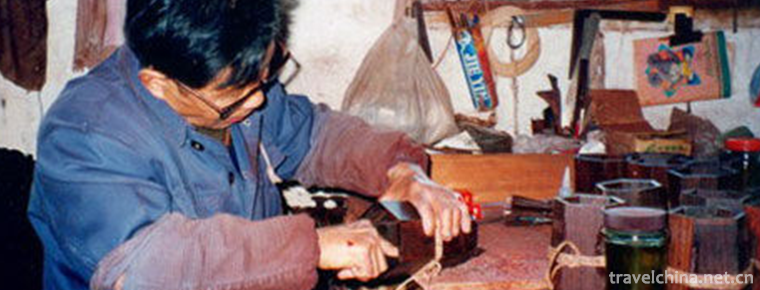
- By ChinaWiki.net
- Chinese Edition
- 2019-06-05
Production Techniques of National Musical Instruments
The production of national musical instruments in Suzhou is one of the local traditional handicraft techniques in Jiangsu Province. With a long history, a wide range of varieties, exquisite skills and talented people, it is well known both at home and abroad. It is famous all over the country for its beautiful shape, concise structure, reasonable structure, meticulous workmanship, elegant style, non-stereotyped, sweet, pure tone, distinctive artistic features and unique local style.
Process Overview
The technique of making Suzhou national musical instruments is a special craft of traditional handmade production. Although some mechanical substitutions have been made in the process of wood cutting and ingredients, it is different from ancient times. However, in most of the woodworking, sculpture, lacquer and other processes still need to be completed by hand. The completion of a musical instrument requires the cooperation of material selection, mixing, woodworking, sculpture, lacquering, inlaying, proofreading, percussion instrument (sound bronze instrument) through many processes such as material selection, smelting, filming, shaping, copying, scraping and timbre setting. Each process has its own skills.
The representative works of Suzhou national musical instrument production techniques include Erhu, Ruan, Guzheng, Pipa and the restored lost pipes and bells, as well as Su Di, Su Xiao, Su Rong and Su Drum, which are crowned with the word "Su".
historical value
The historical and cultural value of Suzhou's national musical instrument making skills lies in the fact that the Chinese nation, after thousands of years of development of civilization and society, has condensed the wisdom and painstaking efforts of skilled craftsmen of all dynasties. She not only has high artistic value and practical value, but also contains profound historical and cultural connotations. She integrates various cultural and artistic elements, such as history, color, aesthetics, and combines various craftsmanship techniques such as sculpture, carving, painting and mosaic, forming a unique and systematic handicraft.
Historical origin
The origin of the production of national musical instruments in Suzhou can be traced back to the Spring and Autumn Period. At that time, the bronze smelting technology of Wu State was very developed, which provided favorable conditions for the production of bronze musical instruments. In 1964, nine bells of Zang Sun were unearthed from the tomb of Eastern Zhou Dynasty at Luhe Chengqiao, Jiangsu Province. There is an inscription on the front, including the word "attack my arrears", which is proved by textual research to be "attack my arrears", namely "Gou Wu". This group of bells is the earliest Wudi musical instrument found so far.
From the first wooden lacquer Guqin (Qixian Qin) unearthed in Changqiao Village, Changqiao Town, Wuxian County, Suzhou City in 1991, it can be seen that the ancestors of Wu prefecture, who lived in the pre-Qin period more than two thousand years ago, had their own unique national musical instruments.
Process characteristics
Suzhou's national musical instruments are beautiful in shape, fine in craftsmanship, bright in paint and beautiful in timbre.
Beautiful shape: The national musical instrument integrates the technical characteristics and performance. It considers not only the convenience and practicability of use, but also the beautiful shape and decorative national characteristics of each instrument.
Excellent craftsmanship: Every national musical instrument is made from material selection, ingredients, woodworking, polishing, painting, assembly, timbre and other processes are meticulous and thorough, impeccable.
Paint gloss: Painting technology of musical instruments should make their appearance perfect through dozens of elaborate working procedures, achieve the effect of paint-like non-paint, and make the performer feel smooth and smooth.
Beautiful timbre: The advantages and disadvantages of musical instruments are not only manifested in appearance, but also in the quality and timbre of musical instruments. The sound quality should be deep and full, penetrating, sweet, pure, mellow, bright and balanced, and suitable for the style and aesthetics of the performers.
The characteristics of Suzhou national musical instruments are: beautiful shape, concise, reasonable structure, not cumbersome, exquisite workmanship, meticulous, elegant style, not out of style, sweet and pure tone, with strong national characteristics. It fully embodies the cultural connotation and artistic style of Suzhou national musical instruments. This kind of connotation and style is the essence and soul of Chinese national musical instruments.
Inheritance significance
Suzhou national musical instrument is a model of Chinese national musical instrument production. In 1984, Huqiu Brand "Red Wood Professional Erhu" won the high-quality product award of the Ministry of Light Industry of China. In the same year, it also won the national quality silver award (no gold award, the highest industry award). In 2002, the original lost and restored seal was reformed to make its range broader, timbre sweeter and transposition more perfect. It has been recognized by experts and filled the gap in China. In May 2004, he won the special gold medal of China International Patent and Famous Brand Exposition, and in July of the same year, he won the national patent.
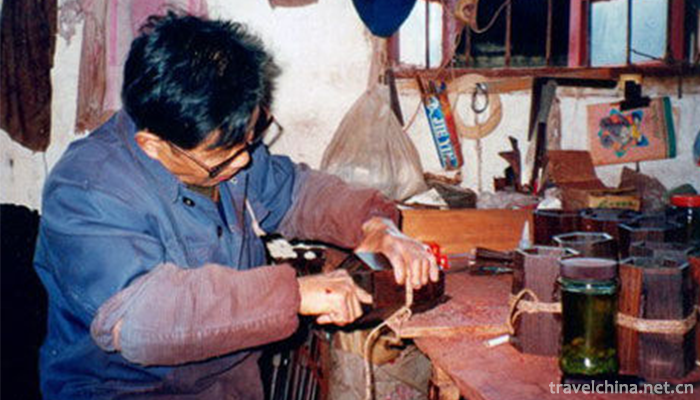
Ask a Question
Your email address will not be published.
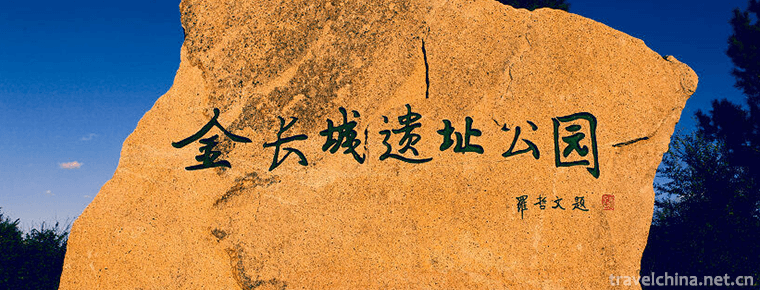
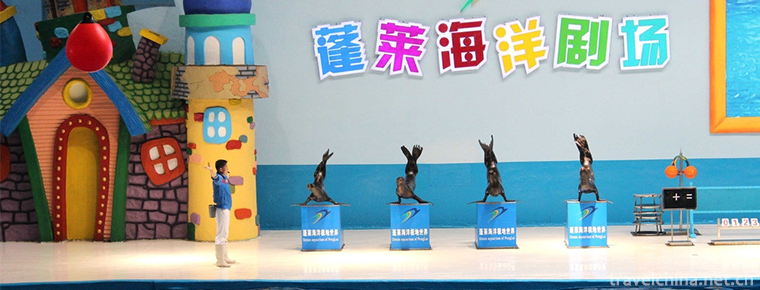
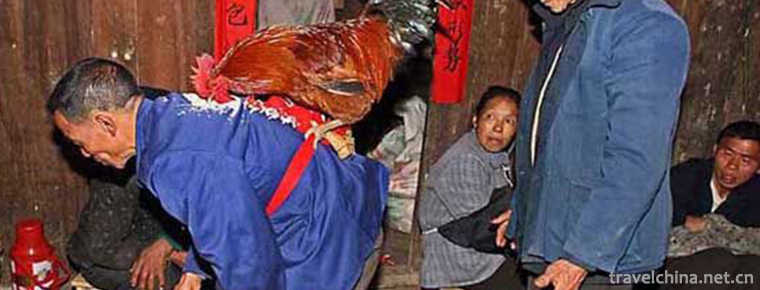
0 Questions